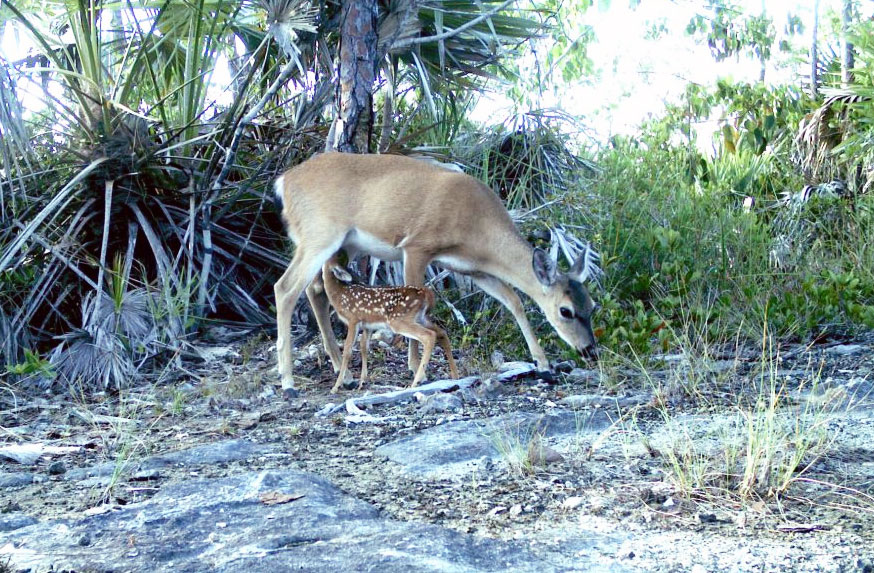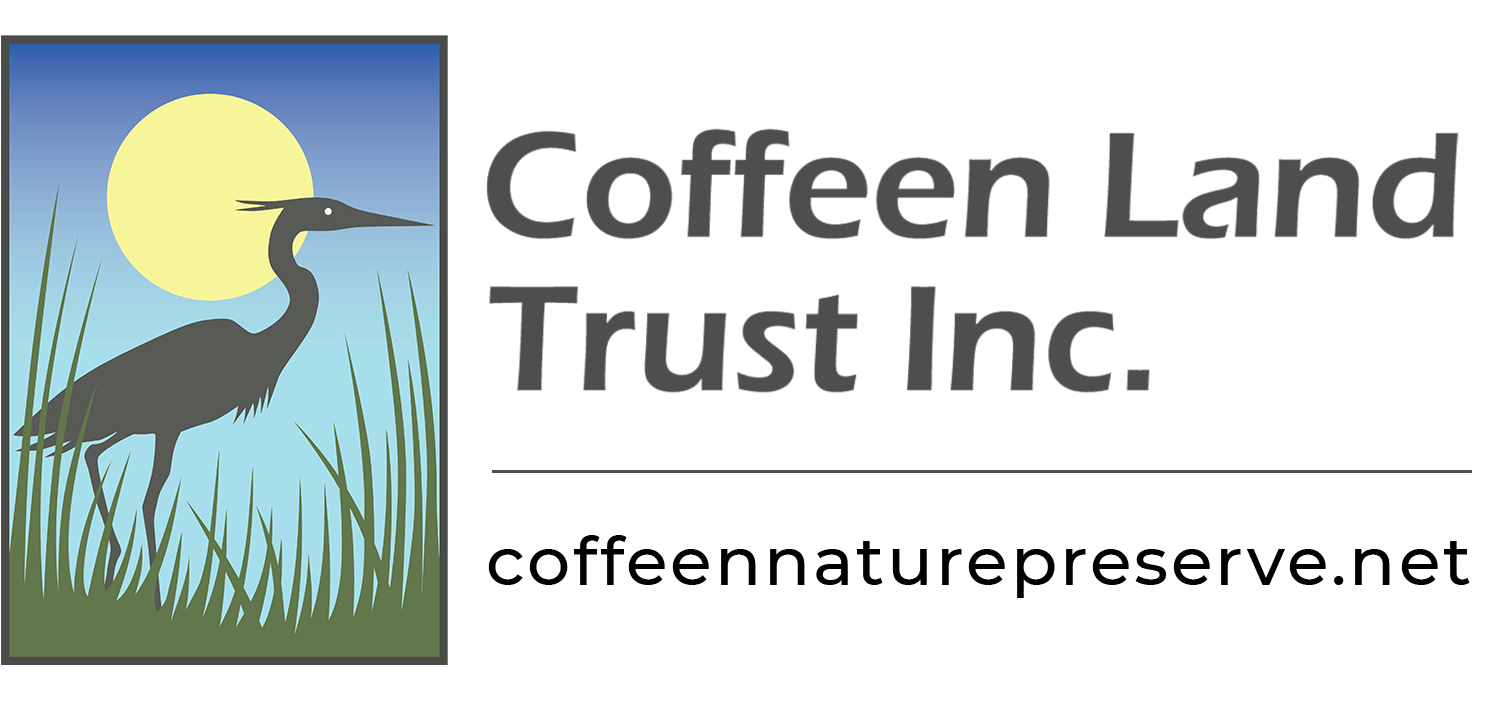Courtesy of Carolina Baruzzi, University of Florida
About now a doe is searching among the shrubs and grasses. She is looking for a site to have her fawns.
White-tailed deer fawn season will peak in the summer across the Florida Panhandle. In the first weeks of life, fawns are not able to follow their mother and spend most of their time bedding. Although vulnerable, fawns can still rely on remarkable adaptations to survive. Their spotted coat provides excellent camouflage amidst the dappled sunlight filtering through the vegetation. To avoid being detected by predators, newborn fawns also have minimal scent and the ability to suppress their respiratory and cardiac systems when predators are nearby.

In addition to these critical adaptations, vegetation cover is essential to provide fawns the protection they need from predators. A lack of ground cover makes fawns very easy for predators to see, spots or not. This cover is also critical to protect fawns from heat, especially during Florida hot summers. Ideal fawning sites have thick and abundant vegetation. In particular, early successional sites where forbs (i.e., broad-leaved herbs) and native grasses are abundant are the perfect hiding cover for fawns. While forbs and grasses are important components of fawn cover, forbs can also help improve mother’s and fawns’ nutrition. In fact, forbs can be rich in crude protein and nutrient content, with some forbs reaching more than 30 percent crude protein content. The summer is a period of exceptionally high nutritional stress for mothers and fawns, and access to high-quality forage promotes fawn nutrition and growth. Because the mothers do not usually move far from their fawns, fawning sites rich in forbs can keep mothers healthy, and provide good forage for fawns.
Knowing the challenges fawns face, here are three things you can do to help:
